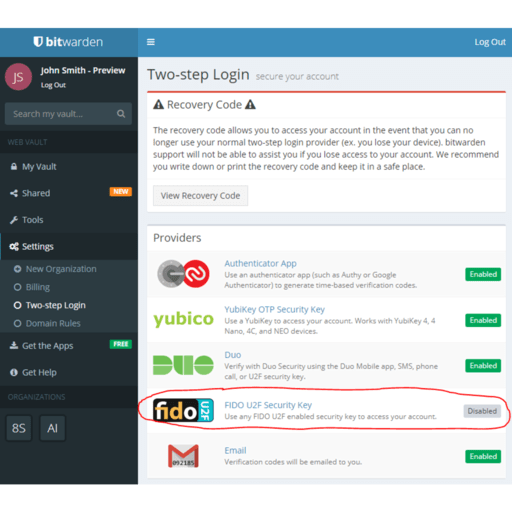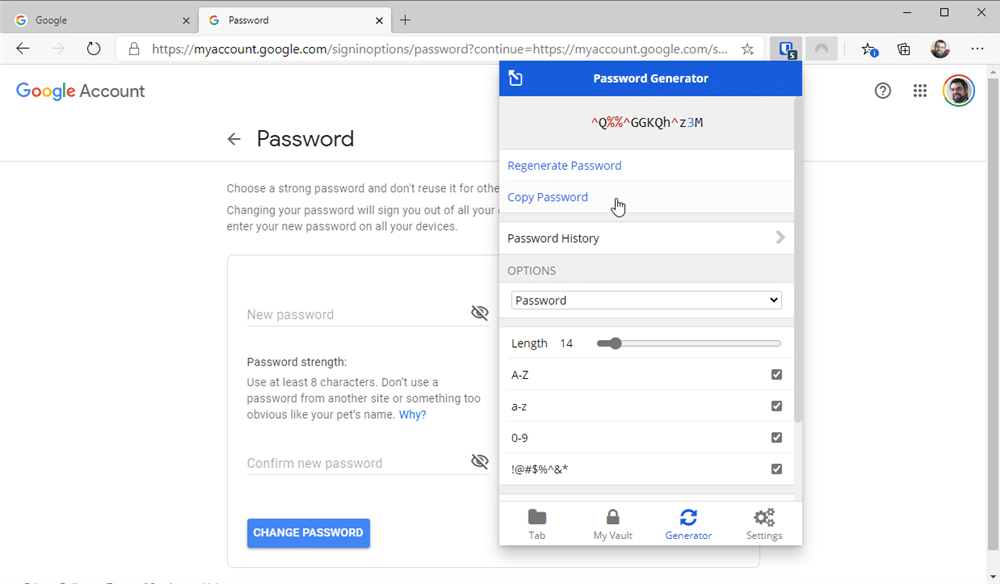
“Some content hosting providers allow hosting arbitrary content under a subdomain of their official domain, which also serves their login page.

This means that if you stumble upon a phishing page, with a subdomain that matches the base domain you’ve saved your password for, Bitwarden might automatically provide it to the hacker. Bitwarden’s autofill on page load also works on subdomains of the domain you’re trying to access, as long as the login matches. There’s another way hackers could steal your passwords, though. There is one small trick to using autofill in the web browser and I'm going to show you how it works.In its report, Flashpoint said: “While the embedded iframe does not have access to any content in the parent page, it can wait for input to the login form and forward the entered credentials to a remote server without further user interaction.” In fact, Bitwarden includes an autofill feature in both the web browser extension and the mobile app that can help make your life considerably easier. However, it doesn't have to be such a challenge. Sure, that might be more steps than you're used to taking, although likely easier than grabbing a notebook or sticky note. Instead of having your web browser save your login credentials (which you should never do), you type your username, open your password manager, unlock the vault, locate the entry for that website, app, or service, copy the password from the app, and paste it into the password field.

The only difference is that, by using a password manager, you change steps for what is normally a habitual pattern of behavior. Truth be told, most password managers are just as easy to use as standard applications. Some people worry that using a password manager might be complex.


 0 kommentar(er)
0 kommentar(er)
